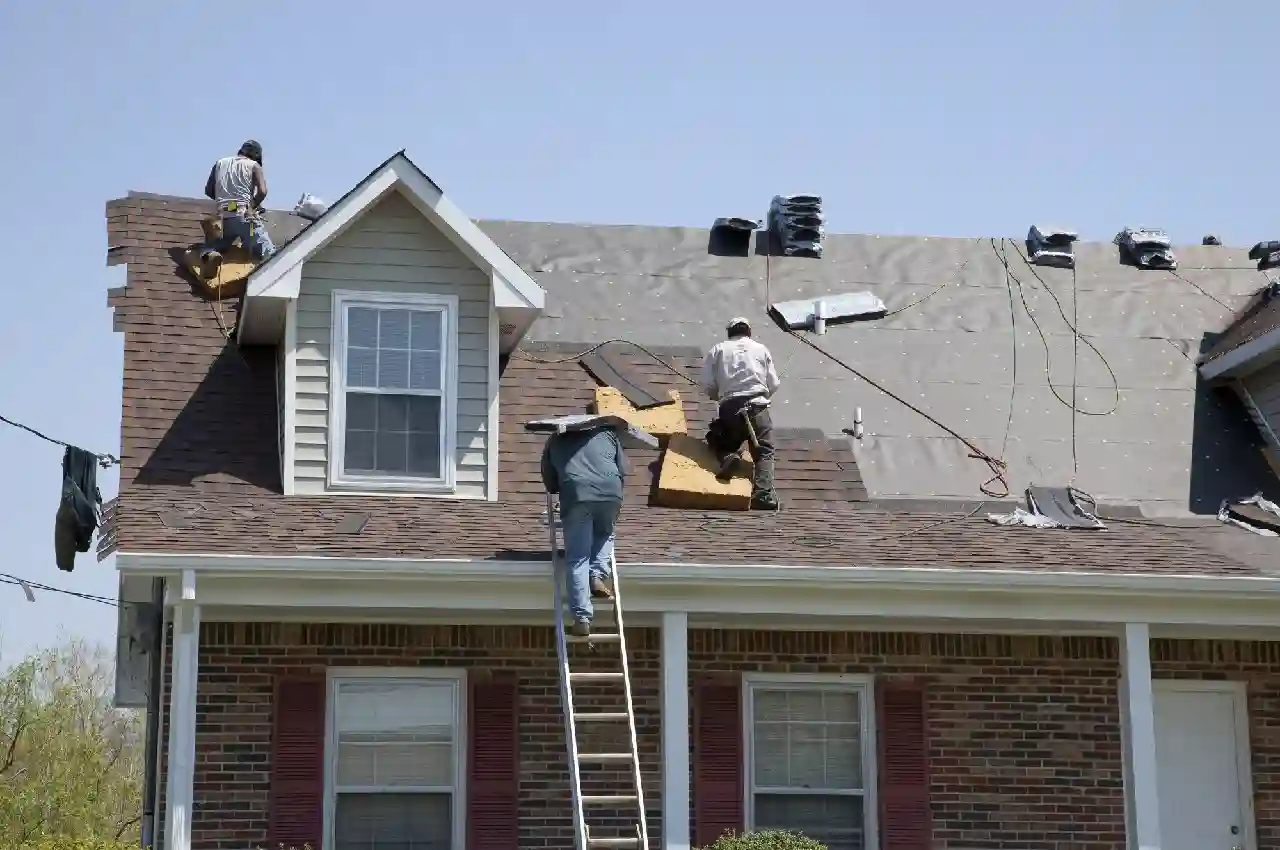Home Improvement
Home Maintenance Up Top: How Often Should a Roof Be Replaced?

Your roof is one of the most important parts of your home. It protects you, your family, and your home from all the elements. If your roof starts to deteriorate, it can create many other issues within your home, like water damage, insect infestations, and general wear and tear.
When you hear people discussing “home maintenance,” one of the first things they talk about is replacing the roof. But how often should a roof be replaced?
We’re here to help you answer that question. Here is everything you need to know about replacing a roof.
Understanding the Lifespan of Your Roof
Understanding the lifespan of your roof is an essential aspect of home maintenance. Different roofing materials have varying lifespans, so it’s necessary to research and choose the best option for your home.
For instance, a shingle roof can last up to 25 years, while a metal roof can last up to 50 years. This means that if you have a shingle roof, you can expect to replace it at least once in your lifetime. Meanwhile, a metal roof can nearly double that timeframe.
Understanding this information can help you plan and budget for necessary repairs or replacements.
Factors That Affect the Frequency of Roof Replacement
The frequency of roof replacement is directly impacted by several key factors that every homeowner should be aware of. These include the following:
Age of the Roof
As time passes, a roof becomes more vulnerable to harsh elements, as well as wear and tear from everyday use. As materials age and deteriorate, they become less effective at protecting the home.
Quality of Materials Used
Cheaper materials may initially save money, but they often wear out faster. This results in frequent replacements. Investing in high-quality materials can prolong the lifespan of a roof. This can help save money in the long run.
Climate and Weather Conditions in Your Area
Extreme weather events such as hail, strong winds, and heavy rain can have a major impact on a roof’s lifespan. These elements can cause damage to shingles, weaken the roof’s structure, and lead to leaks and other issues.
Signs Your Roof Needs Replacement
One of the top signs that it’s time to replace a roof is visible cracking, curling, or missing shingles. These issues can lead to water damage and mold, putting your home at risk.
Another red flag is a sagging or drooping roof, which indicates structural damage. Additionally, if you notice excessive granule loss in your gutters or see sunlight shining through your attic, it’s time to consider a roof replacement.
How to Maximize the Lifespan of Your Roof
One way to maximize the lifespan of your roof is to inspect and clean it regularly. Remove any debris, such as leaves and branches, that can build up and cause water pooling or clog gutters.
You must ensure proper ventilation to prevent the growth of mold and mildew. In addition, schedule professional inspections and repairs to help maintain the roof’s structural integrity.
To further protect your roof from harsh elements and extend its lifespan, you can have your roof painted by professionals from your local area or from https://freshcoatpainters.com/locations/richardson-rockwall.
Exploring How Often Should A Roof Be Replaced
Regular home maintenance is crucial for the longevity of your roof. While there is no one-size-fits-all answer for how often should a roof be replaced, it’s essential to inspect your roof and address any issues promptly and regularly.
Don’t wait until it’s too late! Schedule a professional inspection today to ensure the safety and stability of your home!
Was this article on roof maintenance helpful? Visit our blog for more!
Having completed my education in English, I’ve cultivated a successful career as a content writer. My tenure includes valued collaborations with distinguished professional organizations, reflecting my commitment to producing high-quality content.
Contact me on this mail: [email protected]










